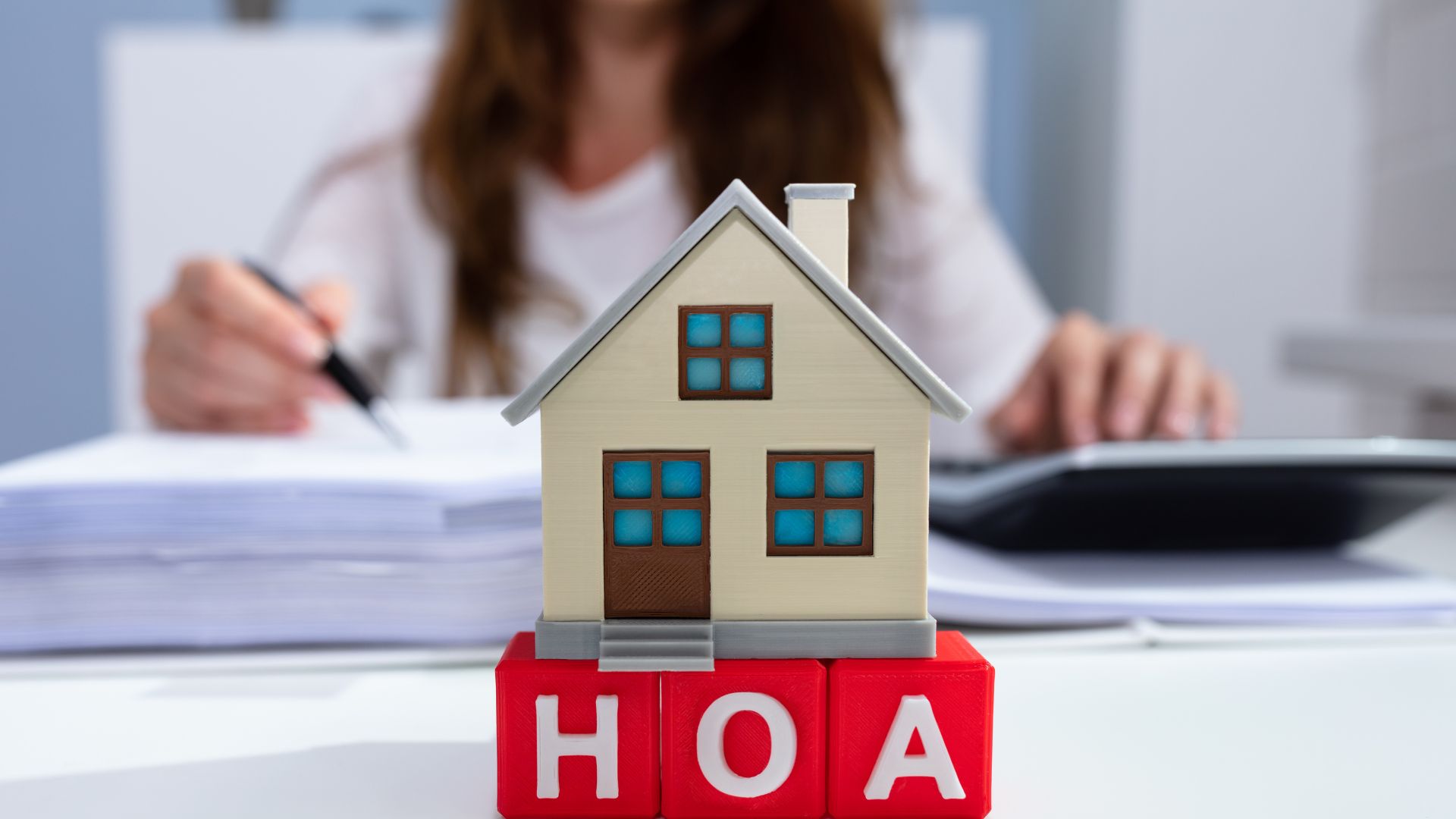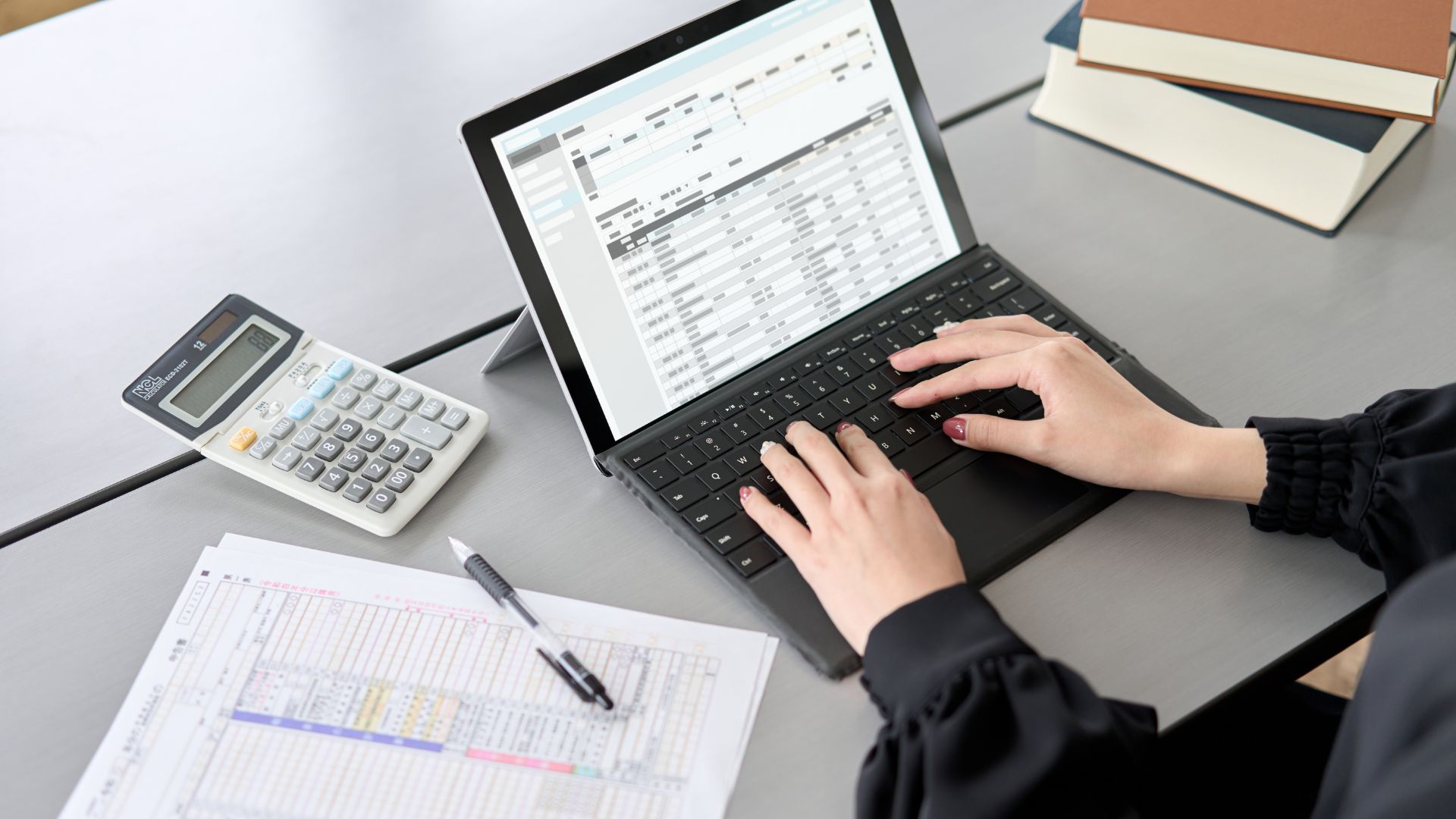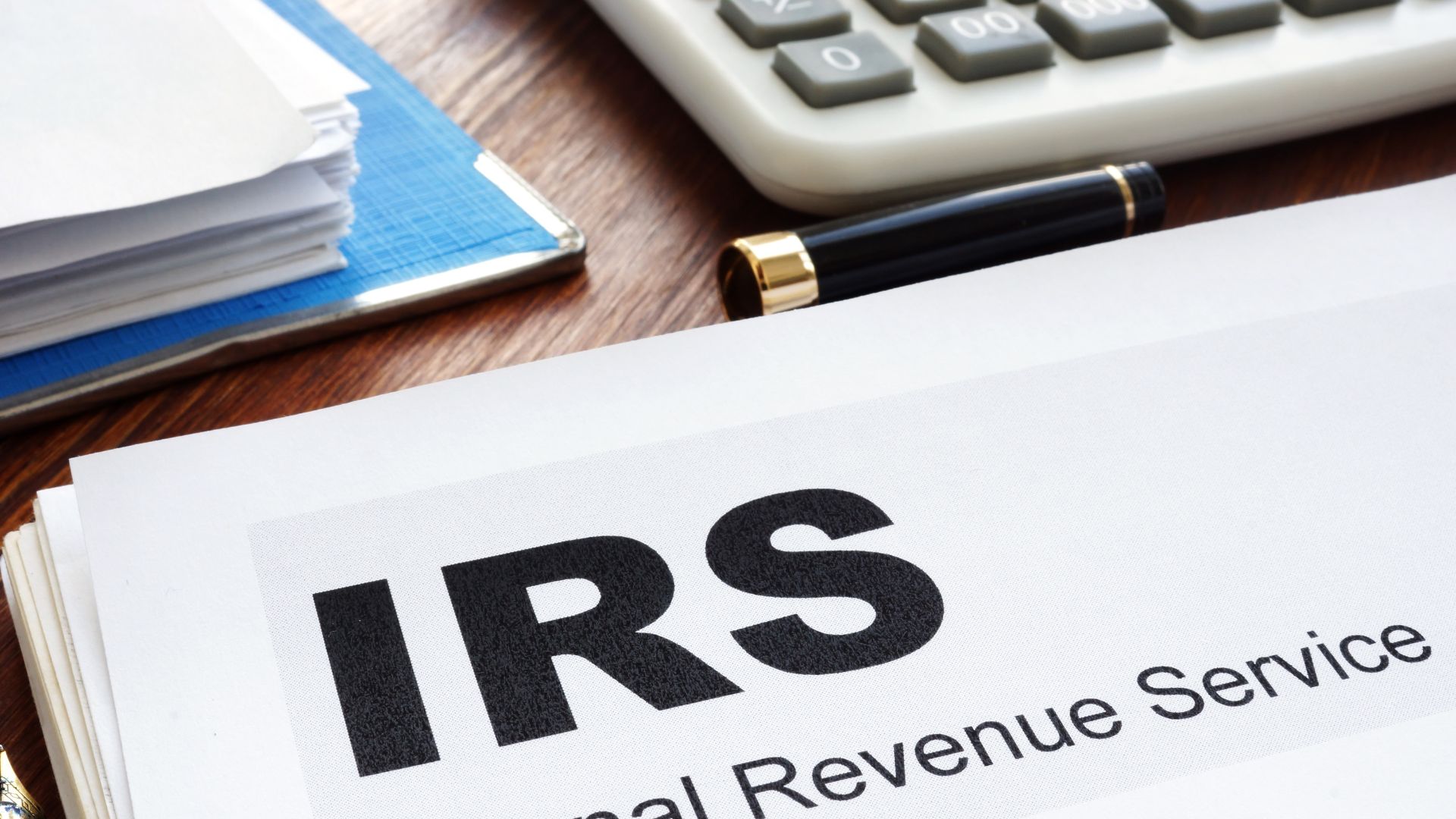Homeowners associations depend on financial statements to determine financial health. One of the most crucial ways to achieve this is through the balance sheet. A balance sheet provides a detailed view of an organization’s financial position. This may include equity, assets, and liabilities. By understanding the components and how to review your HOA’s balance sheet, you can learn more about homeowners association tax returns in Miami for better compliance. Let’s delve into what HOA balance sheets are to help board members and homeowners ensure sound financial management and transparency.
Components of an HOA Balance Sheet
A vital step in understanding HOA balance sheets is to know the various components: assets, liabilities, and equity.
Assets
Assets are resources that have economic value and are owned by the HOA. These resources fall into two categories: current and long-term assets. Current assets include cash, accounts receivable, and prepaid expenses, which can be converted into cash or used within one year. Long-term assets, such as property and equipment, are not expected to be liquidated within the year.
Liabilities
Liabilities are the obligations the HOA owes to others. Just like assets, these debts are categorized into current and long-term. Current liabilities include accounts payable, accrued expenses, and short-term loans, which are due within one year. Long-term liabilities include mortgages and long-term loans.
Equity
Equity represents the net worth of the HOA. It is calculated as the difference between total assets and total liabilities, showing the accumulated surplus or deficit from the association’s operations over time. Equity includes members’ contributions and any retained earnings or reserves.
Key Considerations When Reviewing an HOA Balance Sheet
When conducting a review to understand the HOA balance sheet, several key considerations can ensure a thorough analysis.
Assessing Liquidity
Liquidity is the association’s ability to meet its short-term obligations. Reviewing current assets and current liabilities provides a clear picture of the HOA’s liquidity position. A healthy balance sheet should show a higher proportion of current assets relative to current liabilities. This is a good sign that the association can comfortably cover its immediate financial obligations.
Evaluating Debt Levels
It is essential to evaluate the HOA’s debt levels by examining both current and long-term liabilities. High levels of debt compared to assets can show financial stress and potential difficulties in addressing future obligations. Industry professionals recommend comparing debt levels to equity for better insights into the overall financial leverage and risk.
Now that you know the importance of HOA balance sheets, board members and homeowners can ensure transparent and effective financial management. Contact Abel Accountants for comprehensive services, including analyzing liquidity, debt levels, reserves, and financial trends. We work with your HOA to maintain financial stability and sustainability.





